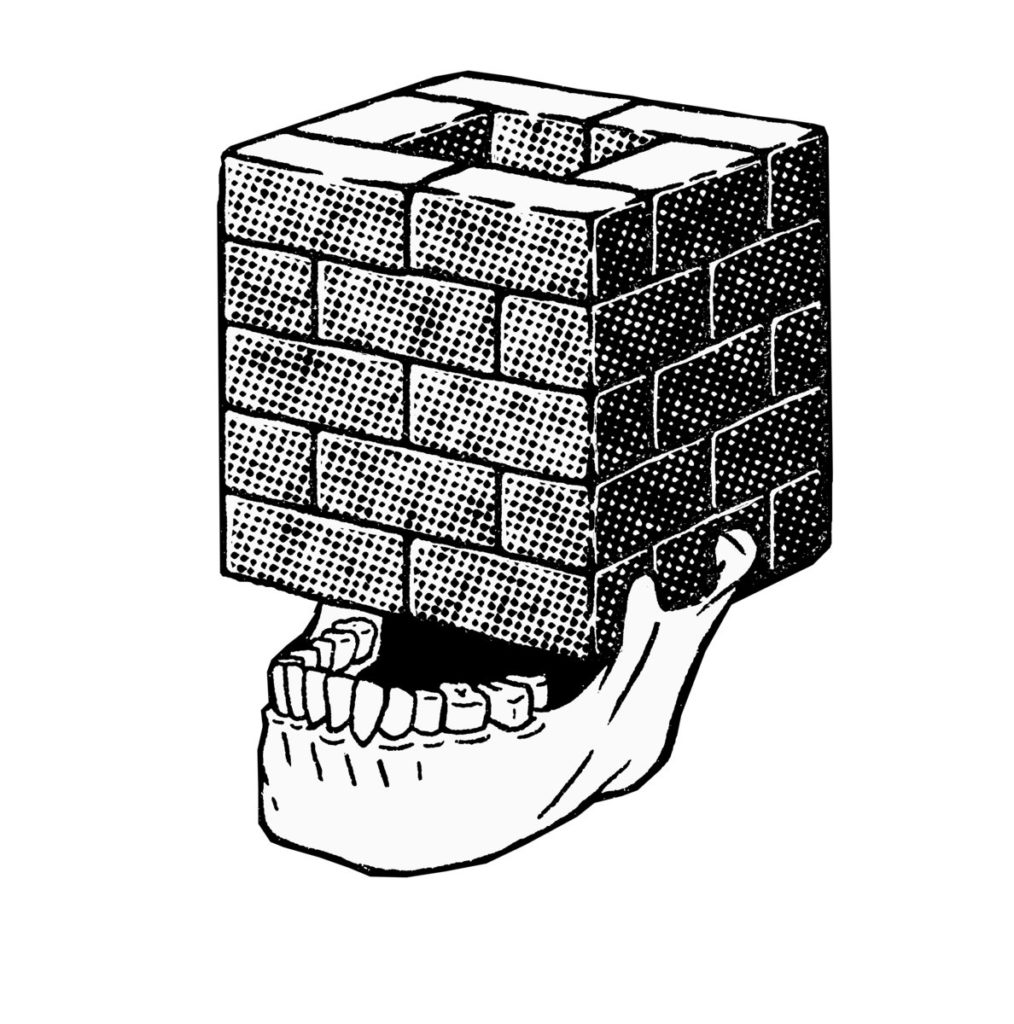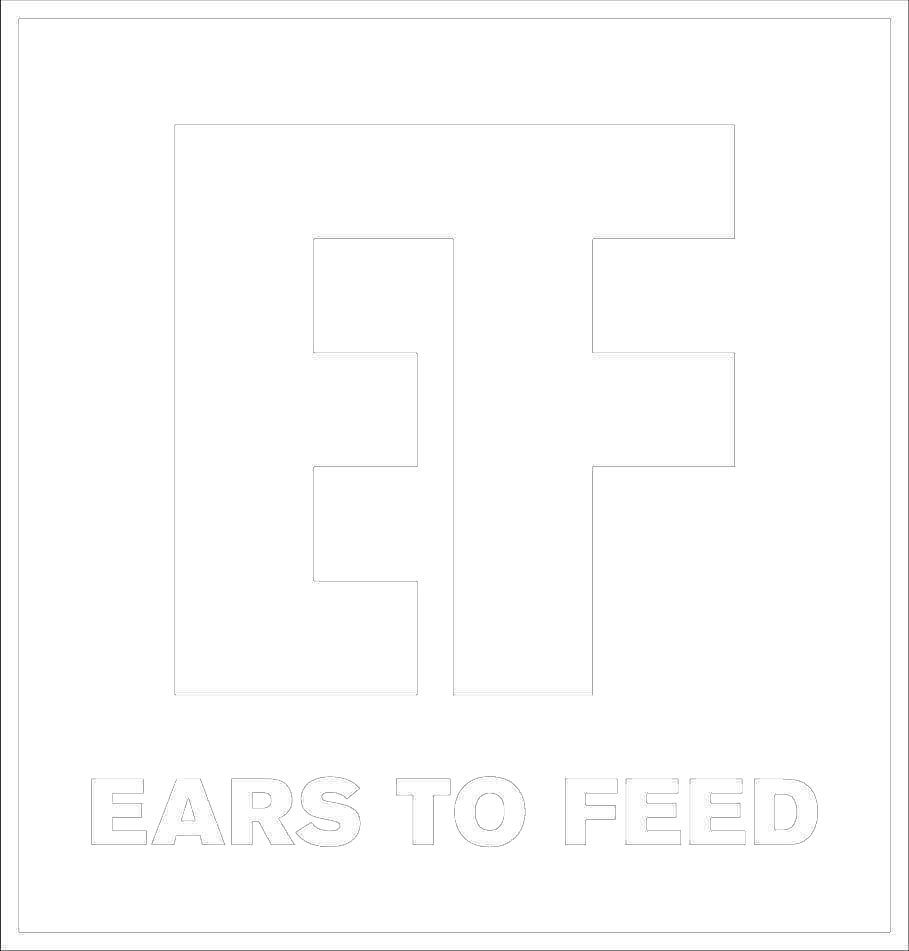Anyone who grows up around underground music, with a certain DIY work ethic, likely does not have “downtime” in their vocabulary. Founded in 2006 by Matt Jones, Brian Lee Hughes and Thee Oh Sees mastermind John Dwyer — San Francisco’s Castle Face Records has carved out a corner in the indie rock scene through sheer determination to be heard. And working with someone as relentlessly prolific as Dwyer, getting enough music out into the world to satisfy his own vision alone is no small feat.
Since its inception, the label continues to release music to accommodate Dwyer’s shifting musical fantasies — all Oh Sees variations and other monikers — as well as being home to great releases by Ty Segall, White Fence and The Fresh & Onlys.
Like many labels, navigating the challenges of operating during the pandemic has been difficult. But according to Jones, their years of doing things their own way paid off while coming face to face with the unknown. “You got to just do what you got to do,” he said. “Play the hand and the cards you get.”
Ears to Feed caught up with Jones to talk about starting Castle Face Records, working with Dwyer and the incredible new live album by The Fall, which was just released through the label.

How did you meet John Dwyer of The Oh Sees?
Well, I met Dwyer at a party in San Francisco and I had this feeling that I’d seen him before. That’s where we ended up becoming friends. The next day I went to work at Pirates Press, and Narnack Records reached out to me saying, “Hey, we want to make the Cool Death of Island Raiders record [Osees], a Guitar Wolf record and a Coachwhips record.”
And I was like, “Oh, shit. I just met that guy last night.” They were like, “Oh, yeah. That sounds about right.”
One thing kind of led to another. I found out we lived a block away from each other in San Francisco. He told me about how he wanted to start a label because he was working with one of the bigger indies on a seven inch and they wanted all these rights and stuff and rights, gratuity and everything. He was like, “That’s kind of fucking silly. I don’t want to do that.” So that’s why he wanted to start his own label and I handled the backend.
So that’s why he wanted to start his own label and I handled the background.
What was going on at the time in San Francisco when Dwyer first started performing with the Coachwips and The Oh Sees?
When I met John, I didn’t really know half the shit that was going on in San Francisco, sort of under my nose. So I started seeing him at shows and going to the shows that he recommended, and it was this whole underground of stuff that later on became so huge… but at one point Ty Segall came in and interned at my work for a little while, he was the young kid on the scene. It was pretty fucken awesome to be fair.
Was there a clear vision other than releasing Dwyer-related records for Castle Face? Other labels you looked up to?
It seemed more roster-based in the beginning. Definitely John wanted a way to be able to put out his own stuff, but if you look at the first couple of old records, it was like, Ty’s first record, The Fresh and Onlys’ first record. And I was in Blasted Canyons, who did two records for Castle Face. That was all in the first two or three years, but yeah, there was just a lot of good stuff going on.
You mentioned that you had first worked at Pirate Press. Did that give you a leg up when you decided to work with Castle Face? Were there other labels you looked up to?
That’s an interesting question. I mean, I can’t really say I had the idea to start the label or all that stuff. So that’s more of a question for John. I knew people from vastly different sections of the industry. So, I think the way I looked at it was like, well, it seems like people succeed when they do xyz. So, we should do xyz.
We should have a mail order, which has been my job since then. We should do stuff that people can only get through us. And then that set our template. So I had a lot of role models as far as other labels and what they were doing, but it wasn’t any one in particular really.
Was there a big release that you see as the one that brought visibility to the label?
The Velvet Underground covers record was the first one time-wise, sequentially wise. I think that was the first one where I was like, “God, there’s a lot of people that bought this.”
Seven hundred orders is a lot when you’re just starting out. And then I think it was right after that with [The Oh Sees] Floating Coffin, which was just really big. The White Fence record we put out right after that Cyclops Reap kept selling out.
So from that point, those records both did really well. And as a result, like with anything you make those dates and figure out how to do it from there and all that stuff. So that was around the same time as we did two flexi-disc books and it all grew from there.
Dwyer himself releases enough records to start a label, but you have also released albums by Ty Segall, White Fence and other prolific artists. Is there an excitement around working with prolific artists?
Yeah. It’s daunting in a way too, because every time you’re putting something out, you’re like, “Okay, this is our thing, check this out.” And then… The problem with the first White Fence record was that it was really difficult to keep it in print. People were like, “Hey man, congratulations on the White Fence record, I can’t find it.”
Do you see a throughline with the artists who release albums on Castle Face?
People certainly seem to think so (laughs).
Besides John being excited about it, I mean, that’s really it. He has a pretty varied taste. He brings a lot of wildly different stuff to the table. I think the through line has become “excited about new sounds.”
This new live The Fall record you just released — Live at St. Helens Technical College, ’81 — is fantastic.
Isn’t it great?
The soundboard is crystal clear.
It’s like The Fall record that was never allowed to exist. It’s too nice for them. Have you read some of the stories about that night?
There’s a wild one. They went to the police station that night. Somebody had been drinking that drove them home and they were arguing with police, all sorts of shit I guess went down. There were only 20 people at the show. Weirdly enough, you look at the photos and some of them are smiling and Mark Riley was like, “Yeah, we were smiling.” So it had to mean that some things were going right that night. But I think it was usually pretty contentious at those times.
Could you tell me how this all came together?
Mark Riley’s been a friend of the label for a while. He has been a big supporter of us on BBC radio and his radio show, which is great. And a bunch of our artists have gone over there and recorded with him, myself included. We’ve kept him apprised of all the stuff we’ve been doing. And I guess somebody sent him that live recording pretty recently because they had just found the tape and put it on YouTube. It was John that wrote to me about it. And so maybe somebody wrote to John first, but I mean, it’s an exceptionally good recording.
I think basically just the way that it came about was John saying, “This is incredible. We should try to release this.” We started talking to Mark. He brought in the other guys from the band. Everybody was keen on the idea of including a charity component to give back to Manchester.
It was a dream thing where it’s just like, “Oh wow, this works really well. The songs are really good. We’ve got all these great photos, you guys ran right into it.” It just took off pretty easy. It’s not always that easy.
Yeah, and I can only imagine with The Fall…
Oh Jesus, yeah, there’s so many stories (laughs). I never got a chance to meet the guy [Mark E. Smith] or to see them play, but I’ve seen a lot. I’ve seen a lot, I’ve heard a lot. I’m sure it would have been chaos.
This has been edited down for clarity.
